
Gordy Played Hero, Sent LSU To Team Title
“A team that possesses an unknown boy who can turn in a ‘pressure’ stunt like that deserves to win a team championship.” ~ Maxwell Stiles, Los Angeles Times
The team title at the 1933 NCAA Track & Field Championships in Chicago turned into a thrilling battle between programs at opposite ends of experience in the meet.
Nowhere was that more evident than in the concluding event, the pole vault.
Southern California was then in its early days of dominating the NCAA Championships (The Trojans were seeking a fourth team crown in eight years) and had the favorite in the event – world-record holder Bill Graber. His lofty personal-best of 14-4⅜ (4.37m) was more than six inches ahead of his then-meet-record standard of 13-10¼ (4.22m) set two years prior where he was crowned co-champion.
LSU was making its first appearance at the NCAA Championships and entered little-known Matt Gordy, who had a best of 13-4 (4.06m). A month earlier, he was part of a three-way tie to win the inaugural Southeastern Conference meet.
Teamwise, LSU surprisingly led USC 49-45 going into the pole vault. However, the Trojans had a path to team victory that lost a major obstacle when the four vaulters who cleared 13-6 (4.11m) did not include Stanford’s William Miller, the reigning Olympic gold medalist.
With Graber’s most-feared threat out of the competition, most felt if anyone could challenge him it would be one of the Midwest pair of Ernest Lennington (Illinois) and John Wonsowicz (Ohio State), both of whose 13-6 clearance matched their best from 1932 when they were among a six-way tie for second.
No one gave Gordy much chance, as his 13-6 clearance was not only a PR but also matched the best he’d ever done in practice.
With the bar raised to the meet-record height of just over 13-11 (4.24m) – PR territory for all but Graber – the USC senior sailed over on his second attempt. Only Gordy remained after Lennington and Wonsowicz missed their third attempts.
The team crown was also in the balance: A clearance by the Tiger senior meant Gordy and Graber would tie and LSU would win 58-54, while a miss would give Gordy a share of second and LSU would tie USC with 55 points each.
Gordy nudged the bar, but got over, bringing many fans to swarm the co-champion in celebration. As officials did not raise the bar any higher, the event and meet were over, giving the Tigers the team title that many consider one of the meet’s biggest upsets.
“A team that possesses an unknown boy who can turn in a ‘pressure’ stunt like that deserves to win a team championship,” wrote Maxwell Stiles of the Los Angeles Times.
The NCAA and collegiate track & field will mark a momentous milestone in the spring of 2021 -- the 100th anniversary of the NCAA Championships and with that, the NCAA Track & Field Championships. In June 1921, the University of Chicago hosted the first track & field championships in NCAA history.
This point can’t be emphasized enough: Not only was the event the first for NCAA track & field, but the first championships for any sport under the sponsorship of the NCAA.
To celebrate, over each of the next 365 days, the U.S. Track & Field and Cross Country Coaches Association (USTFCCCA) will celebrate moments, student-athletes, and coaches that have made a century’s worth of championships special. From humble beginnings to important historical milestones to the modern-day, collegiate track & field has evolved with the American society.
The 2021 edition of the NCAA Division I Outdoor Track & Field Championships begin with preliminary round action on May 27-29 in Jacksonville, Fla., and College Station, Texas. The championships final site and culmination of the celebration is slated for June 9-12, 2021 at the newly rebuilt Hayward Field in Eugene, Ore.

Lawson Completed “Jesse Owens Triple” In 2016
Jarrion Lawson won the 100, 200 and long jump at the 2016 NCAA Division I Outdoor Track & Field Championships.

Plab Reached Lofty Heights In NCAA HJ
Darrin Plab won back-to-back HJ titles at the NCAA DI Outdoor T&F Championships in 1991 & 1992. Plab cleared 2.34m (7-8) in 1992 & tied the 2nd best bar in meet history.
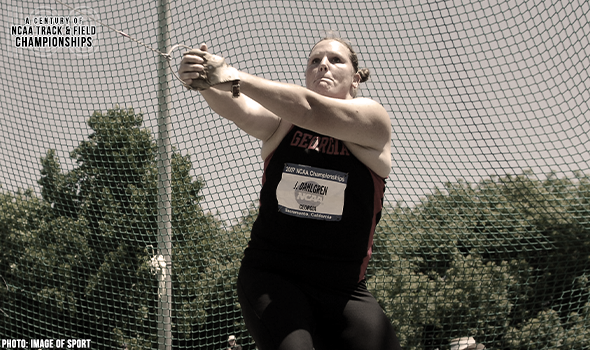
Dahlgren Won Back-To-Back HT Titles, Set MR
Jenny Dahlgren won back-to-back hammer titles at the NCAA DI Outdoor T&F Championships in 2006 & 2007. Dahlgren set a MR of 70.72m (232-0) in that second year.

Peoples Made History One Lap At A Time
Maurice Peoples won the 440-yard dash in 1973 & then really turned up the heat. Peoples split 43.4 on the Sun Devils’ mile relay team that finished third in the final.
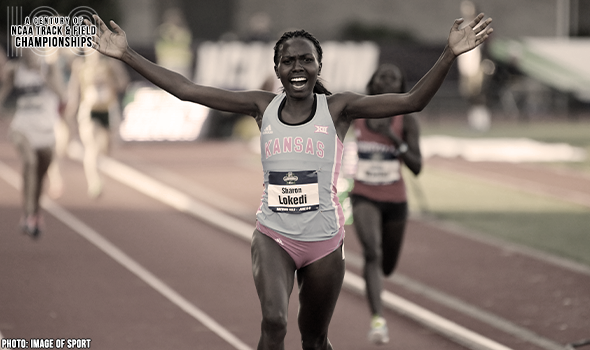
KU’s Lokedi Set 10K MR In 2018
Sharon Lokedi won the 10K at the 2018 NCAA DI Outdoor T&F Championships in a meet-record 32:09.20. Lokedi led five other women under the old final-site best, too.
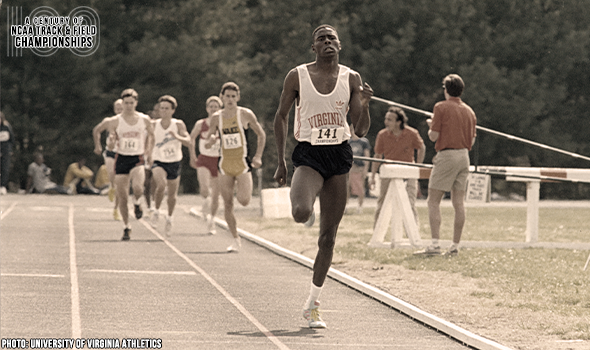
Can Ereng Kick It? Yes, He Can!
Paul Ereng won back-to-back 800-meter titles at the NCAA DI Outdoor T&F Championships in 1988 & 1989. Ereng is still the current indoor record holder in the event.
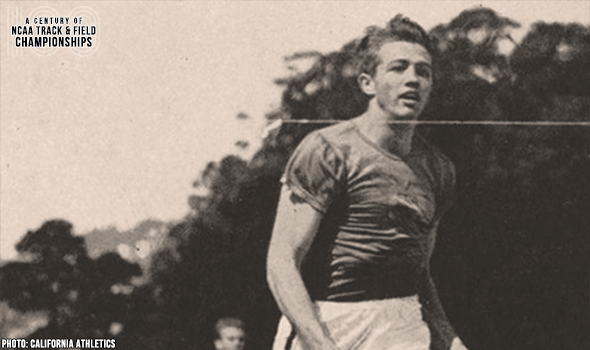
“California Comet” Doubled Up At NCAAs
Hal Davis completed the 100-200 double twice at the NCAA Outdoor Track & Field Championships.
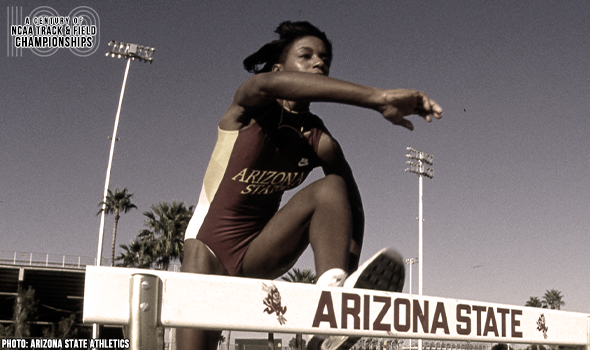
Tolbert Clocked 100H Meet Record In 1988
Lynda Tolbert won two career 100H titles at the NCAA DI Outdoor T&F Championships in 1988 & 1990. When Tolbert won in 1988, she set a MR of 12.82.
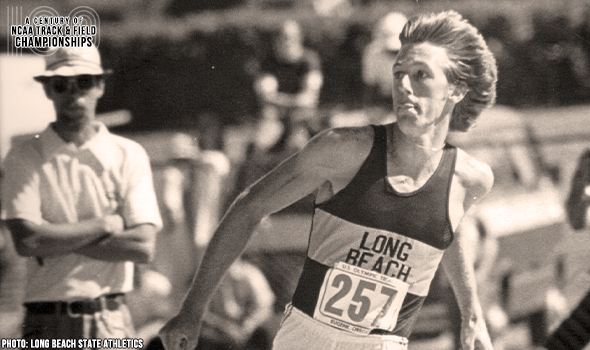
Dwight Stones Set High Jump WR In 1976
Dwight Stones set a world record in the high jump of 2.31m (7-7) at the 1976 NCAA DI Outdoor T&F Championships. Stones also raised the MR by more than 3 inches!
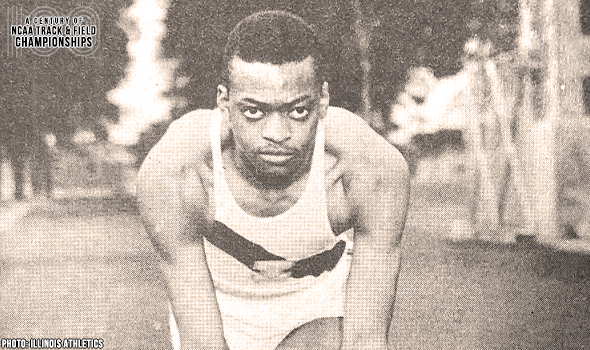
Walker Completed Only Hurdling Triple
George Walker is the only athlete in NCAA Outdoor T&F Championships history to win all three hurdling events: 110H (120H), 400H & now-defunct 220H.

